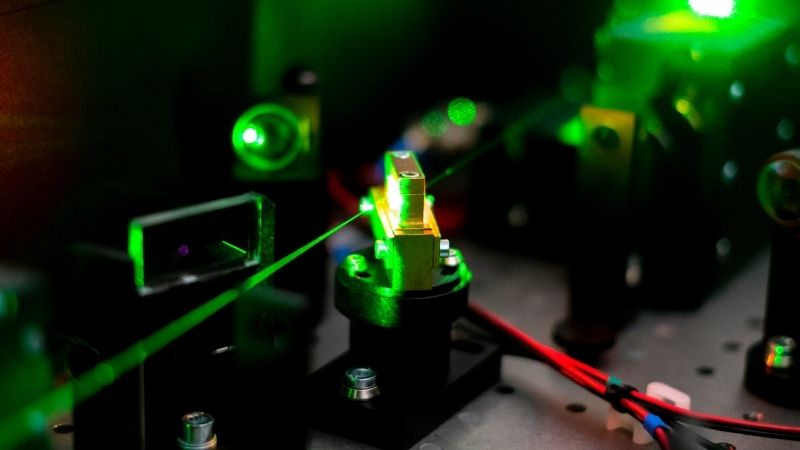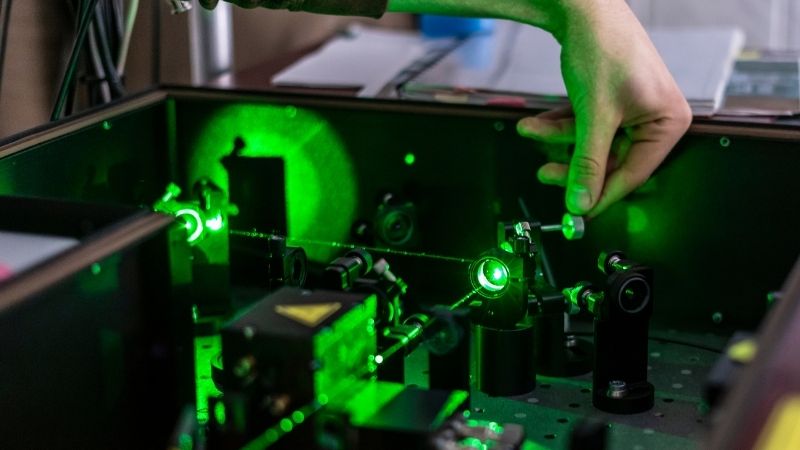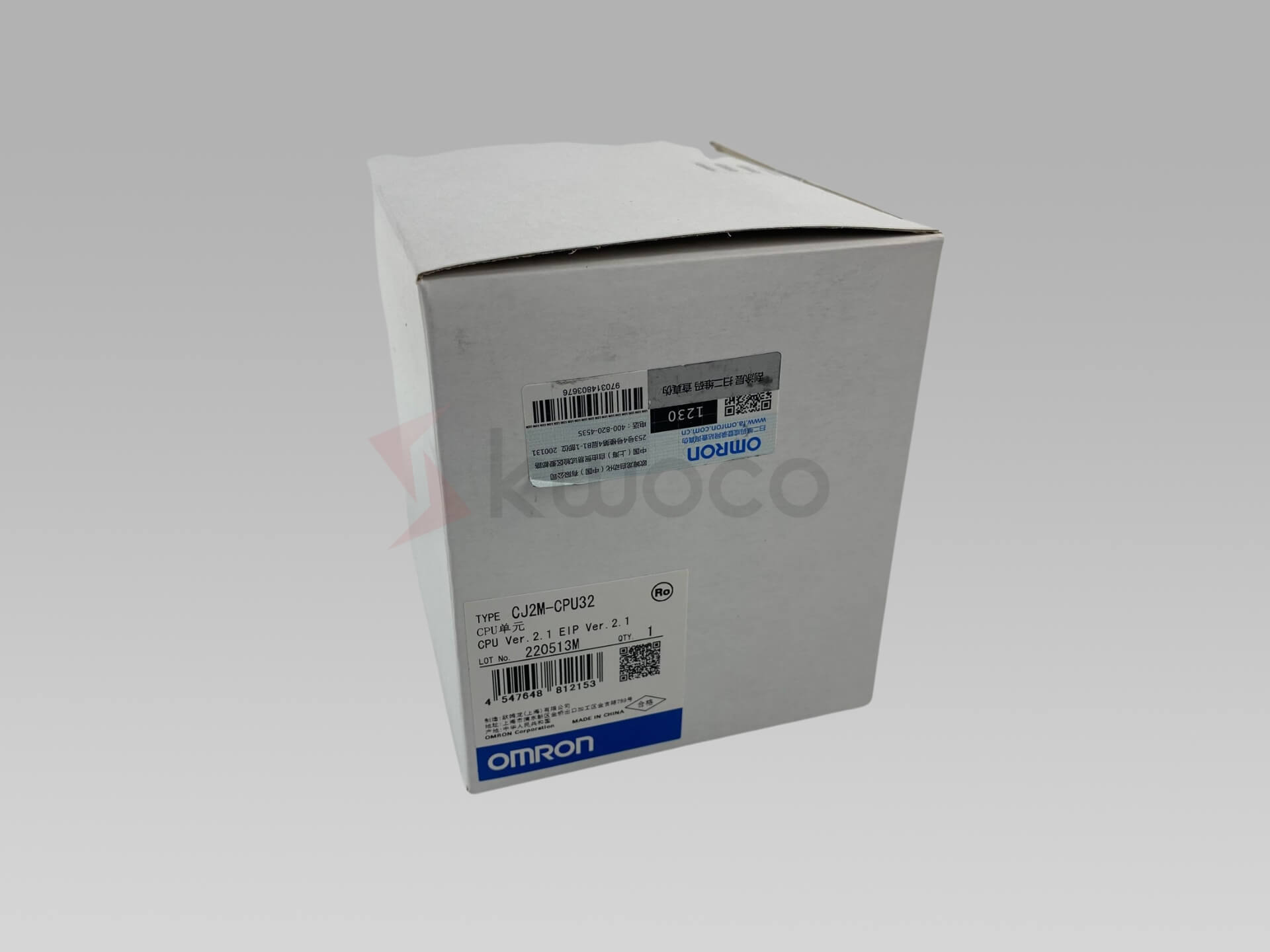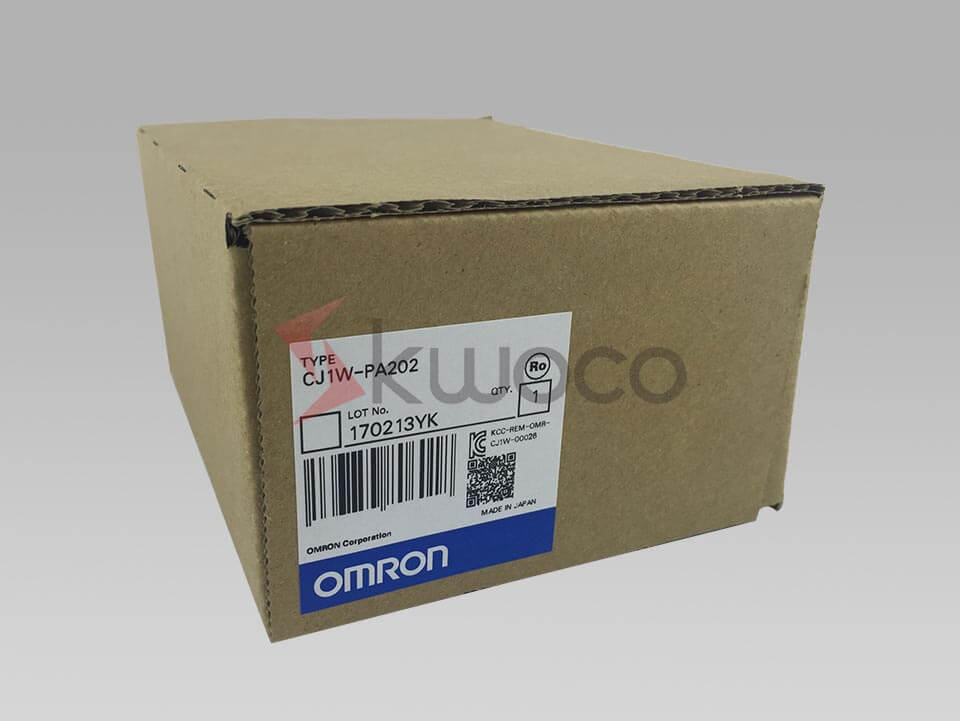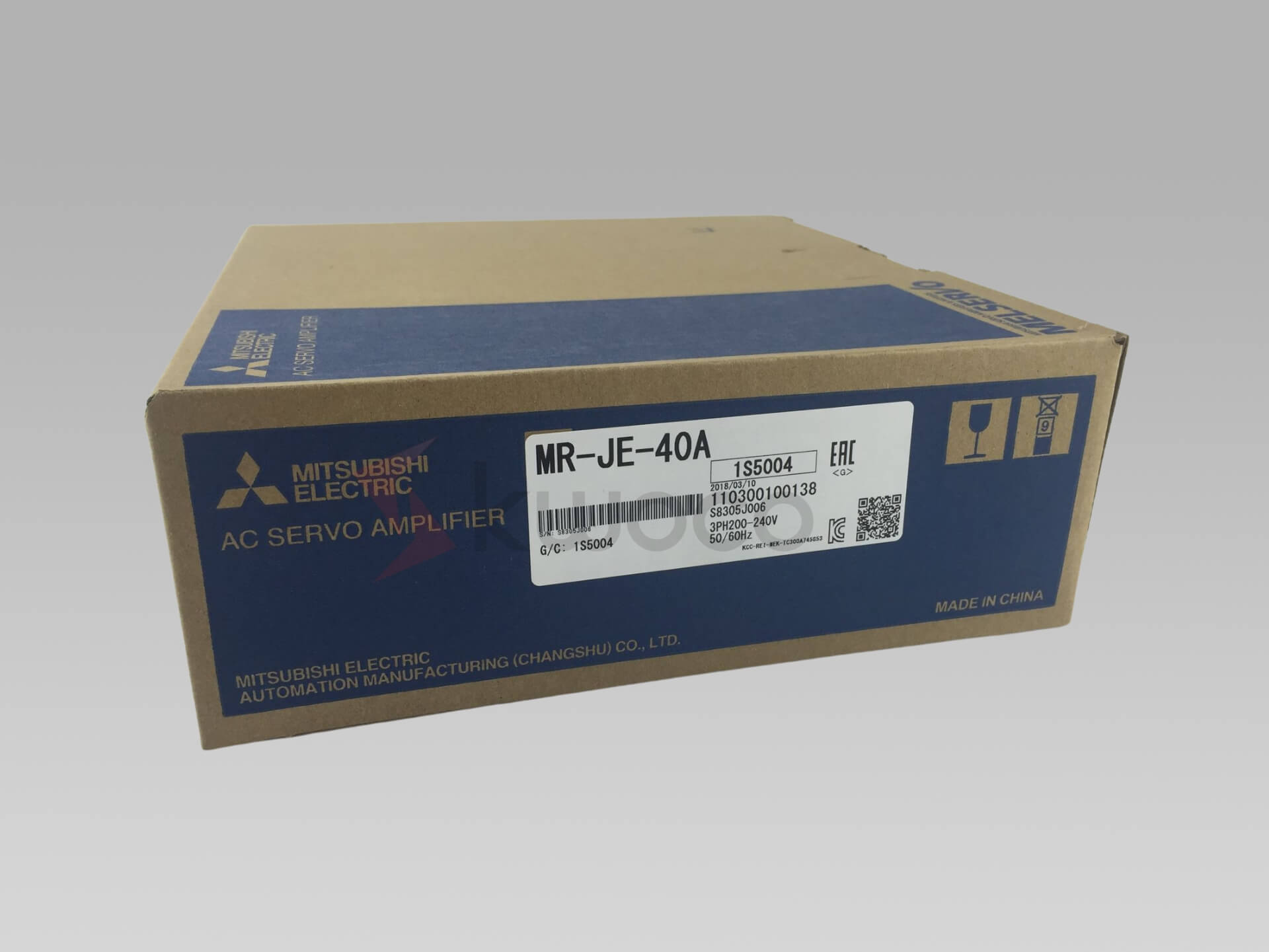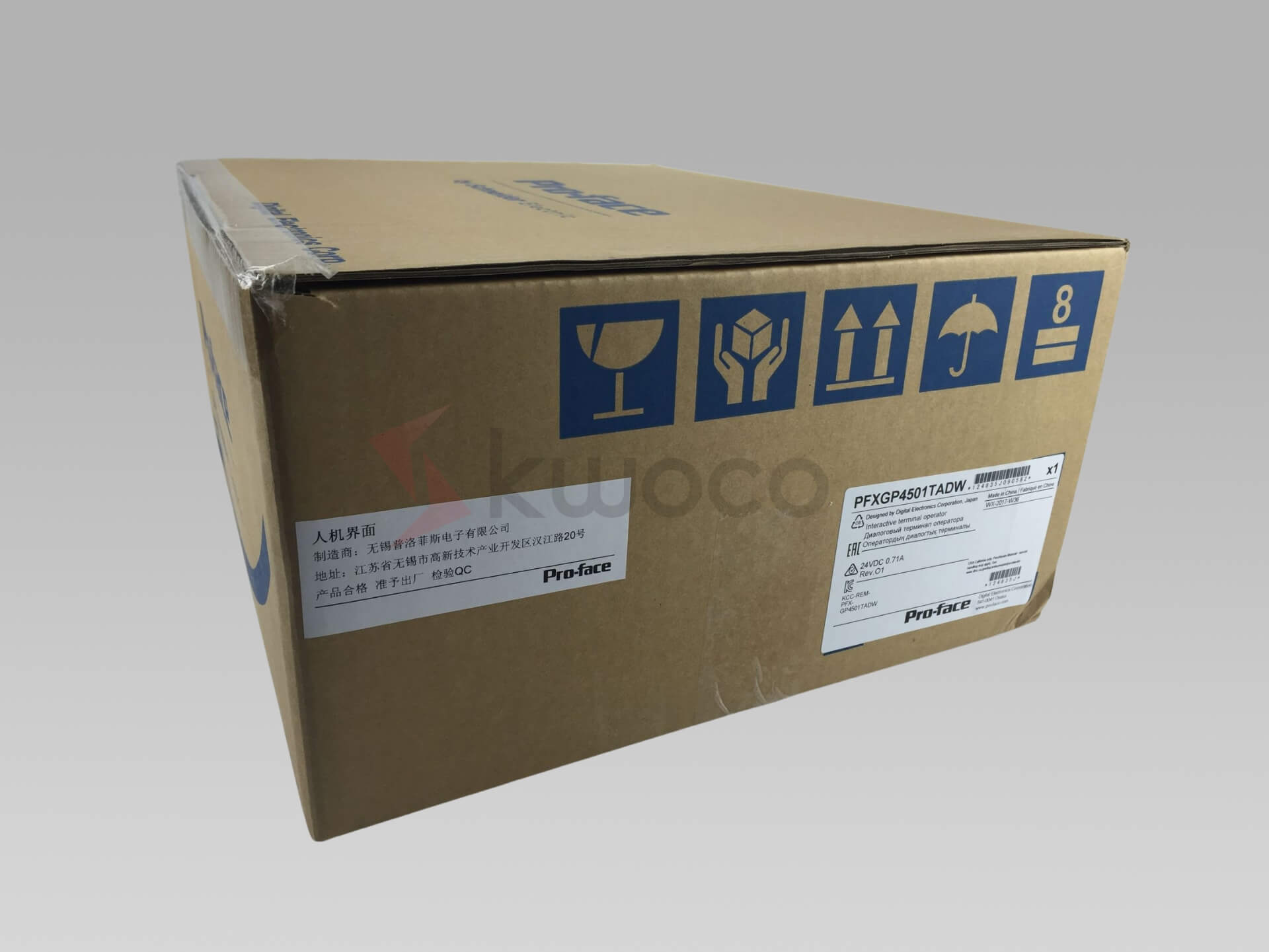Does a Photoelectric Sensor Need a Reflector?
Table of Contents
Understanding Photoelectric Sensors
Photoelectric sensors are vital components in industrial automation. They detect objects, changes in surface conditions, and other parameters by using light. The basic principle involves emitting a light beam (usually infrared) and detecting changes in the beam caused by the presence or absence of an object.There are three primary types of photoelectric sensors:
- Through-Beam Sensors
- Retro-Reflective Sensors
- Diffuse-Reflective Sensors
Each type operates differently, which influences whether a reflector is necessary.
Through-Beam Sensors
In through-beam sensors, the emitter and the receiver are housed separately, facing each other. The emitter sends a continuous light beam to the receiver. When an object interrupts this beam, the sensor detects its presence.
Do they need a reflector? No, through-beam sensors do not require a reflector. Since the emitter and receiver are separate units, there’s no need for light to bounce back to the same point.
Retro-Reflective Sensors
Retro-reflective sensors have the emitter and receiver housed together. They send out a light beam that reflects off a reflector and returns to the receiver. An object is detected when it breaks the beam between the sensor and the reflector.
Do they need a reflector? Yes, retro-reflective sensors require a reflector. The reflector plays a crucial role by reflecting the emitted light back to the sensor. Without it, the sensor cannot detect the absence of the light beam caused by an object.
Diffuse-Reflective Sensors
Diffuse-reflective sensors also have the emitter and receiver in the same housing. However, they operate differently. The emitted light hits the target object, and the light scattered back from the object is detected by the receiver.
Do they need a reflector? No, diffuse-reflective sensors do not need a reflector. They rely on the target object to reflect the light back to the sensor.
So, Does a Photoelectric Sensor Need a Reflector?
Based on the types described:
- Requires Reflector: Retro-Reflective Sensors
- Does Not Require Reflector: Through-Beam Sensors and Diffuse-Reflective Sensors
Why Use a Reflector?
Using a reflector with retro-reflective sensors offers several advantages:
- Simplicity: Only one unit needs to be wired and aligned, simplifying installation.
- Longer Sensing Range: Reflectors can return a strong signal, allowing for longer detection distances compared to diffuse-reflective sensors.
- Cost-Effective: Requires fewer components than through-beam sensors, which need both emitter and receiver units installed separately.
When to Avoid Using a Reflector
Despite the advantages, there are situations where using a reflector isn’t ideal:
- Space Constraints: Limited space may not accommodate a reflector.
- Dusty or Dirty Environments: Contaminants can accumulate on the reflector, hindering performance.
- Moving Backgrounds: In applications with moving equipment behind the target, a reflector could cause false readings.
- Aesthetic Considerations: In some settings, adding additional hardware like a reflector isn’t desirable.
Alternatives to Reflector-Dependent Sensors
If your application isn’t suited for a reflector, consider these alternatives:
Diffuse-Reflective Sensors
These sensors are ideal when you can’t install a reflector. They detect objects based on the light reflected naturally from the object’s surface.
- Pros: No need for a reflector; simple installation.
- Cons: Shorter sensing range; performance can vary with object color and material.
Background Suppression Sensors
An advanced type of diffuse sensor, they can distinguish between the target object and the background.
- Pros: High precision; unaffected by background objects.
- Cons: More complex and potentially more expensive.
Through-Beam Sensors
When long-range detection and high reliability are required, through-beam sensors are an excellent choice.
- Pros: Longest sensing range; very reliable.
- Cons: Requires installation of both emitter and receiver; more wiring and alignment needed.
Making the Right Choice
Choosing the right sensor depends on several factors:
- Detection Range Required
- Environmental Conditions
- Target Object Characteristics
- Installation Constraints
As someone who has worked extensively with various industrial automation products, I always recommend evaluating your specific needs before deciding.
Power your projects with brand-new, original Omron, Keyence, Panasonic Sensors – in stock, ready now!
Why Consult with Experts?
Navigating the vast array of sensor types and understanding their nuances can be challenging. That’s where expert guidance becomes invaluable. At Kwoco, we pride ourselves on:
- Extensive Inventory: Over 30 million products in stock, including PLCs, HMIs, Servos, and more from top brands.
- Technical Support: Offering product technical support and solution guidance.
- Fast Quotations and Shipment: Providing prompt service to keep your projects moving.
- Commitment to Quality: Only selling new, original products ready for immediate shipment.
Conclusion
So, does a photoelectric sensor need a reflector? It depends on the type:
- Yes, if you’re using a retro-reflective sensor.
- No, if you’re using through-beam or diffuse-reflective sensors.
Understanding your application’s specific needs is crucial in making the right choice. Consider factors like installation space, environmental conditions, and detection range.
If you’re unsure or need assistance, don’t hesitate to reach out. With our expertise at Kwoco, we’re here to help you find the perfect solution for your industrial automation needs.
Contact Us
Just fill out your name, email address, and a brief description of your inquiry in this form. We will contact you within 24 hours.
You May Also Find These Topics Interesting
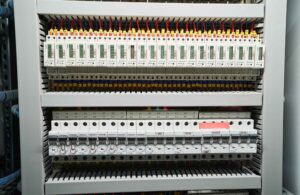
What Is a PLC Panel? A Guide to Electrical Automation
The PLC control panel is the cornerstone of modern industrial automation, orchestrating complex processes with precision and efficiency. Understanding what a PLC panel is and how it functions is essential for anyone involved in industrial operations. This comprehensive guide will illuminate the world of programmable logic controllers and their pivotal role in automating industrial processes.
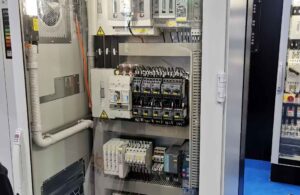
Common Faults and Troubleshooting of Omron PLC
As a global leader in automation solutions, Omron provides a comprehensive range of Programmable Logic Controllers (PLCs), including the classic CP series, the powerful CJ series, and the future-oriented NX/NJ series. These controllers are widely deployed across diverse industries such as manufacturing, packaging, logistics, and energy. Serving as the “brain” of automated systems, Omron PLCs execute control logic with precision and coordinate the operation of various components.
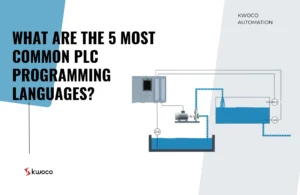
What Are the 5 Most Common PLC Programming Languages?
What Are the 5 Most Common PLC Programming Languages? Problem-solving in industrial automation often hinges on one key factor: the

